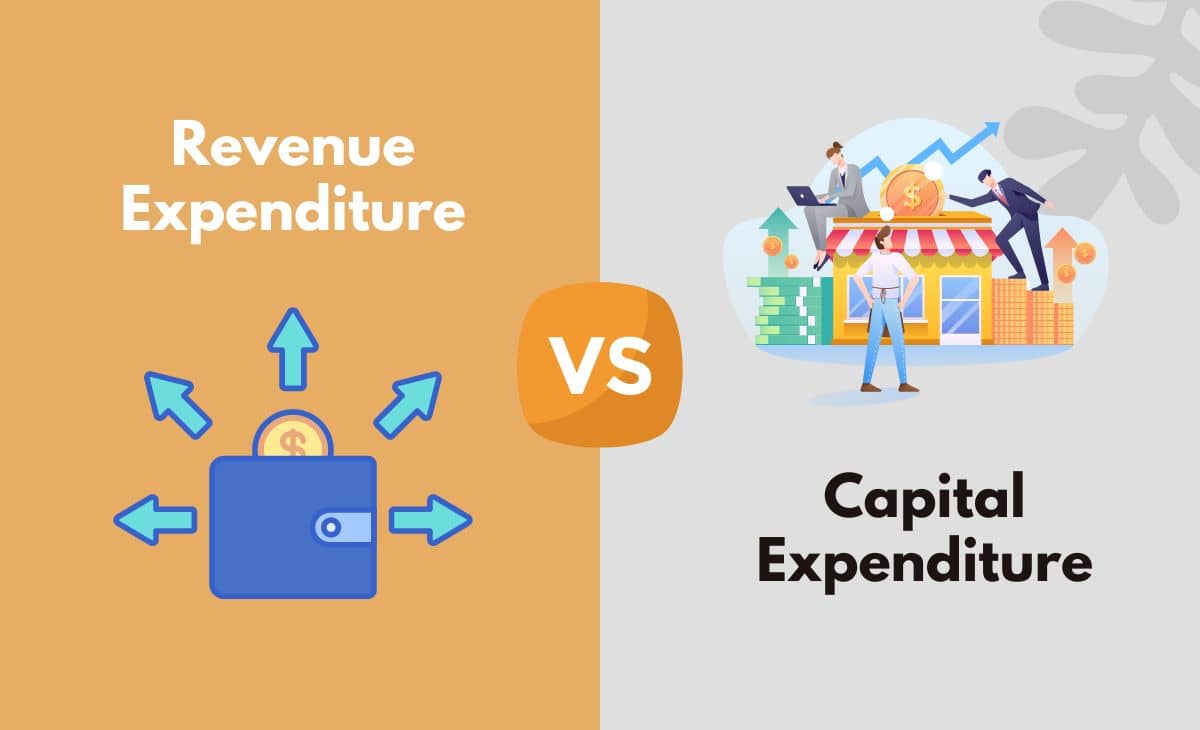
They help in running the normal business operations smoothly and contribute to profitability and efficiency. A capital expenditure is an amount spent to acquire or significantly improve the capacity or capabilities of a long-term asset such as equipment or buildings. Usually the cost is recorded in a balance sheet account that is reported under the heading of Property, Plant and Equipment. The asset’s cost (except for the cost of land) will then be allocated to depreciation expense over the useful life of the asset.

Capital vs Revenue Expenditures
Accounting for these expenditures is often accomplished by debiting the asset’s accumulated depreciation account or, in the case of an addition, debiting the asset account itself. Revenue expenditures are expenditures whose benefits are used up or consumed in the current period. However, the distinction is important because it affects how income in current and future periods is viewed.
Operational cost of asset
It reduces the company’s time to generate revenues, increasing its capacity to do so. It is expedited in the balance sheet as an asset or as capital and reserves. It is written off over the useful economic life of the asset being either straight-lined or on a usage-proportional basis. what are the income tax brackets for 2021 vs 2020 It isn’t, however, restricted to the present accounting period in terms of benefits. Revenue expenditure, therefore, is controllable since it bears a direct record of the business’s profitability. This is because if costs are well controlled, the firm will realise higher profits.
Q. What is the distinction between revenue expenditure and capital expenditure?
Revenue Expenditure covers all such expenditures which a company incurs in an accounting year to earn revenue or keep the revenue earning capacity intact. Also, that part of the capital asset which is consumed in an accounting period is also revenue expenditure. Consider a company XYZ Ltd manufacturing and selling the packets of the pen. The company spends each year on various expenditures such as pens manufacturing, salaries to employees, Utility bills, repairs and maintenance, acquisition of the assets, etc. It is not sure about which expenditure to be treated as revenue expenditure. Each CapEx type serves a unique purpose and holds implications for a company’s financial health and growth.
Keeping Costs in Check
The main difference between capital and revenue expenditures is that the expenses incurred towards revenues are to be treated as deductions from sales. Capital Expenditure refers to an expenditure that gives rise to the acquisition of a non-current asset. Examples of Capital Expenditure include the purchase of a new machine, a building or a delivery truck. Revenue expenditure refers to an expenditure incurred for rendering a service and does not result in the acquisition of another asset.
Take the headache out of growing your software business
Expenditure on non-current assets which does not increase the life of the asset or improve the asset beyond returning it to its earlier condition, is treated as revenue and not capital expenditure. In accounting it is important to distinguish between items of capital and revenue expenditure as their treatment in the financial statements differs. Everything your company buys that is not a fixed asset falls under revenue expenditure, from new desk stationery to building maintenance.
- Revenue expenditures are business expenditures the benefit of which is utilized by the business within one financial year.
- If Company A spends $1,000 per month on updates for a key piece of software used by each team member each month, then the $1,000 is a revenue expenditure in Company A’s monthly financial statement.
- The cost of operating an asset such as the fuel expense of a vehicle is not a capital expenditure but a revenue expense that must be charged immediately in the income statement.
- Businesses must make difficult decisions to allocate funds to the most critical activities that yield the highest returns and align with their strategic objectives.
- However, the decision to start a project involving much capital expenditure must be carefully analyzed as it will have a significant impact on the financial position and cash flow of a company.
Take the difference between the two to find the change in the company’s PP&E balance. Add the change in PP&E to the depreciation expense for the current period to arrive at the company’s current-period CapEx spending. New engine significantly increases the useful life of the aircraft and as such, its cost must be capitalized. However, the carrying amount of the replaced engine must be de-recognized in the same manner as disposal of any fixed asset.
Find the amount of depreciation expense recorded for the current period on the income statement. Locate the current period’s property, plant, and equipment line-item balance on the balance sheet. Revenue expenditure is the expenditure incurred by the company during its ordinary business operations. Here the benefit will also be received in the same accounting period in which expenses were incurred, and it shows as the expense in the company’s income statement.
You might confuse your deferred revenue with your fulfilled revenue or with your backlog, for instance. They’re easy mistakes to make, but they can have serious unintended consequences for your business. For instance, in an engineering firm, plant and machinery may have been purchased to earn profit and others may have been purchased for use in the business. This team of experts helps Finance Strategists maintain the highest level of accuracy and professionalism possible. Our team of reviewers are established professionals with decades of experience in areas of personal finance and hold many advanced degrees and certifications.
These are costs that are incurred on a regular basis and the benefit from these costs is obtained over a relatively short period of time. Company B’s brand-new research facility, for instance, would be a capital expenditure. The costs of running the machinery in it, on the other hand, would be revenue expenditures. Revenue expenditures are short-term business expenses usually used immediately or within one year.
